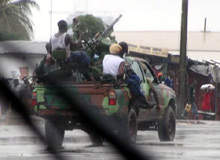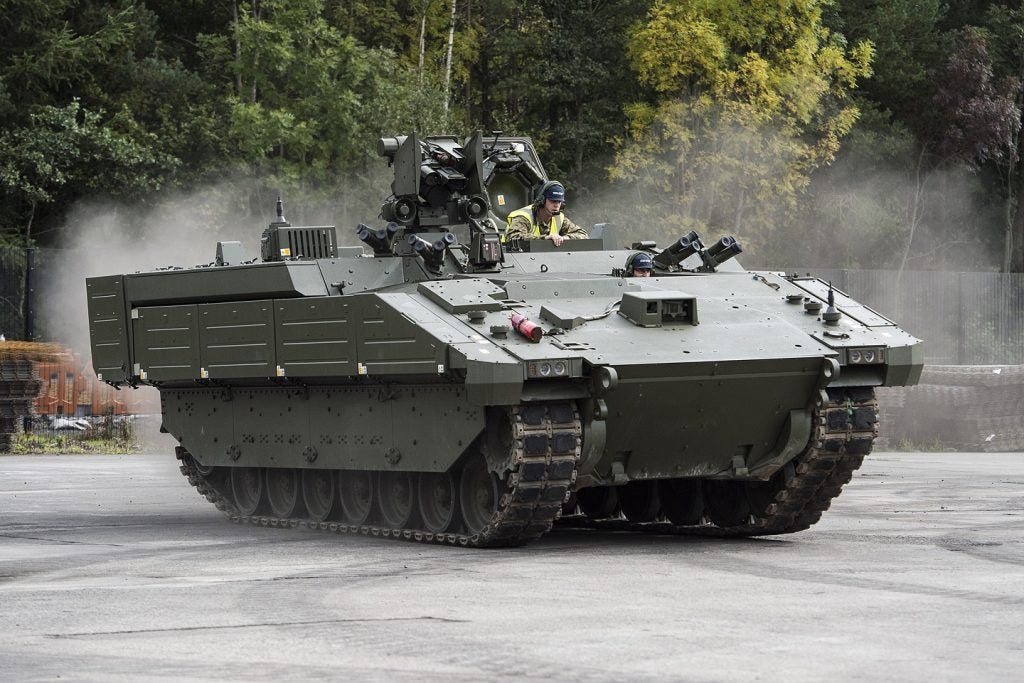
We don’t normally think of Latin America as a proving ground for innovation in military technology, but if current car trends are any indication that might be changing.
Armoured vehicles used to fall into two categories: tanks and personnel carriers; jeeps and trucks such as Somali-style ‘technicals’ didn’t have armour. But up-armouring is becoming as popular among Latin American civilians as it is among US troops in the Middle East, and the paramilitarised environment in some Latin countries may breed a new species of bulked-up civil-military hybrids just as the prospect of unconventional warfare favoured the slimmed-down Stryker family of US armoured vehicles.
Up-armouring
Consider the following developments. In 2008, Brazilians armoured more than 7,000 vehicles for civilian use, up from 1,782 a decade earlier, according to a New York Times article. Driven by opportunistic carjacking and facilitated by economic factors, Brazil’s wealthier motorists are retrofitting cars with bulletproof glass and body panels that can stop rounds from 9mm submachine guns and .44 Magnum handguns.
Even so, Brazil is merely following in the footsteps of Mexico, where armoured vehicles have become commonplace among both victims and assailants as Mexican drug cartels have displaced the original Colombian syndicates in the pan-American narcotics trade. Organisations such as Los Zetas, the enforcers for the Gulf Cartel, are essentially insurgent armies: they recruit Mexican solders looking for a pay raise, use military-style C3I procedures and launch ambushes and assaults using heavy infantry weapons from machine guns to man-portable SAMs.
The war between the Mexican Army and the cartels, now in its third year, has encouraged some observers to compare Mexico to Iraq, Afghanistan or Pakistan, depending on the strategic dimension at issue. Regarding military technology, one obvious commonality is the importance of vehicle armouring in protecting infantry soldiers when they are mounted. Underlying this controversial issue is a deeper truth: in unconventional wars, infantry is far more critical than traditional heavy tanks or artillery, both of which have drawbacks that can neutralise whatever added value they bring to the battlefield, which is of course anywhere at any time.
How well do you really know your competitors?
Access the most comprehensive Company Profiles on the market, powered by GlobalData. Save hours of research. Gain competitive edge.

Thank you!
Your download email will arrive shortly
Not ready to buy yet? Download a free sample
We are confident about the unique quality of our Company Profiles. However, we want you to make the most beneficial decision for your business, so we offer a free sample that you can download by submitting the below form
By GlobalDataNot tank territory
Latin America has never been tank country for many reasons, the most important being geography. Its tropical jungles and mountains represent impassable terrain for heavy vehicles such as main battle tanks. Road networks are sparse in the interior and congested along the coast and cities, and numerous rivers and wet scrub provide excellent natural barriers.
Unsurprisingly, only Chile and Brazil, two of the four coastal nations south of the Tropic of Capricorn, had ordered new armoured vehicles (German Leopard tanks) prior to Venezuela’s recent deals with Russia for advanced weaponry. Perhaps the least publicised element of these sales has been Venezuela’s acquisition of the BMP-3 personnel carrier.
Unlike other nations’ IFVs, the BMP-3 is almost a light tank: it features a 100mm main gun alongside the more traditional turret-mounted machine gun and autocannon. The BMP-3 is also fully amphibious, but consequently sports relatively light aluminium armour which, nevertheless should be adequate against any vehicle or light infantry squad currently in the field north of the Amazon.
The interesting technological question, however, is whether any vehicle can fill the rather noticeable gap between the BMP-3 (or the lighter US Stryker line) and the pickup truck or Hummer with a machine gun or single-shot ATGM in the back?
Addressing the underlying design constraints and tradeoffs deserves a column of its own. Still, a few theoretical observations suggest that the answer is yes.
Weapons, like any other product, evolve to serve the widest possible market, which usually means harnessing technology to make them lighter and cheaper. Computers evolved from mainframes to the current mini-notebooks exploiting ‘cloud computing’ and server-run applications. Armoured vehicles are unlikely to be much different.
As the line between police and military action blurs, so do differences between police and military weapons. Policy SWAT units have armoured cars and riot-control units use non-lethal projectile weapons (e.g. tear gas), but once the platforms exist, moving from a water cannon to an autocannon is more a question of resolve rather than capability.
Last but not least, given the persuasive powers of large corporations, the global automobile industry has excess capacity of up to 40% by some estimates. Most of this capacity is in gas-guzzling heavy vehicles – and ironically, the only large-vehicle niche that is really expanding is the armoured car space. Volkswagen now directly produces armoured cars for the Mexican market, so how long will it be before GM, Opel or some similar reincarnation spins off into the economy end of military armoured vehicles?





